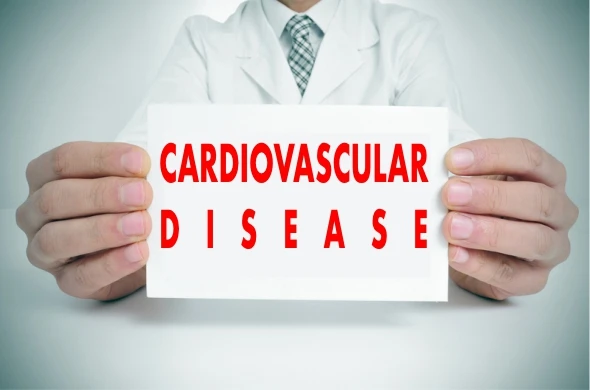Your heart is more than just a symbol of love – it’s the hardworking engine that powers your entire body. Yet, cardiovascular disease (CVD) remains the leading cause of death worldwide. The term might sound clinical, but Cardiovascular Disease Explained simply means conditions that affect your heart and blood vessels, including heart attacks, strokes, and heart failure.
The good news? Knowledge is power. Understanding what CVD really is, how to prevent it, and recognizing early signs can help you protect your heart for years to come. Let’s break down the essentials of heart health in a way that’s clear, practical, and empowering.
What Is Cardiovascular Disease?
Cardiovascular Disease Explained starts with knowing that it isn’t one single condition. It’s a group of disorders that impact your heart and circulatory system. The most common types include:
- Coronary artery disease: When the arteries that supply blood to your heart become narrowed or blocked.
- Heart attack: Occurs when blood flow to part of the heart is cut off.
- Stroke: Happens when blood flow to the brain is interrupted.
- Heart failure: When the heart can’t pump blood as effectively as it should.
These conditions often develop over time, influenced by factors like lifestyle, genetics, and underlying health issues.
Debunking Common Myths About Heart Disease
Let’s clear up some persistent misunderstandings:
- Myth: Heart disease only affects older people.
Fact: While risk increases with age, poor lifestyle habits can lead to heart issues in younger adults too. - Myth: It’s mainly a man’s problem.
Fact: Heart disease is the leading cause of death for women in many countries. Symptoms can differ between genders, and awareness is critical for everyone. - Myth: If it runs in your family, there’s nothing you can do.
Fact: Genetics play a role, but lifestyle choices have a massive impact. You’re not powerless – you can lower your risk significantly.
How to Protect Your Heart: Practical Prevention
Preventing cardiovascular disease isn’t about drastic overhauls – it’s about consistent, healthy habits:
1. Eat for Your Heart
Focus on whole foods: fruits, vegetables, whole grains, lean proteins, and healthy fats (like those in avocados and nuts). Limit processed foods, excess salt, and sugary drinks.
2. Move Regularly
You don’t need to run marathons. Aim for 30 minutes of moderate activity most days – brisk walking, cycling, or dancing all count.
3. Don’t Smoke – and Avoid Secondhand Smoke
Smoking damages blood vessels and dramatically increases CVD risk. Quitting is one of the best things you’ll ever do for your heart.
4. Manage Underlying Conditions
High blood pressure, diabetes, and high cholesterol strain your heart. Work with your doctor to keep these in check through medication (if prescribed) and lifestyle adjustments.
5. Prioritize Sleep and Manage Stress
Chronic stress and poor sleep impact blood pressure and inflammation. Find healthy outlets like meditation, hobbies, or talking with friends.
Know the Warning Signs
Heart disease can be silent, but it often gives clues. Don’t ignore:
- Chest pain, pressure, or discomfort
- Shortness of breath
- Unexplained fatigue
- Dizziness or palpitations
- Swelling in your legs, ankles, or feet
If you experience any of these, seek medical advice promptly. Early action can save lives.
Your Heart-Health Checklist
- Get regular check ups that include blood pressure and cholesterol tests.
- Know your family history.
- Stay active and eat mindfully.
- Avoid smoking and limit alcohol.
- Listen to your body, it often tells you when something’s wrong.
You’re in the Driver’s Seat
Cardiovascular Disease Explained isn’t meant to scare you, it’s meant to equip you. Your heart health is largely in your hands. By making informed choices and partnering with your healthcare provider, you’re not just preventing disease – you’re investing in a longer, more vibrant life.
Your heart works hard for you every second. Isn’t it time to return the favor?
If you have concerns about your heart health or risk factors, consult a healthcare professional for personalized guidance.
Disclaimer: This article is for educational purposes only and is not a substitute for professional medical advice, diagnosis, or treatment.
